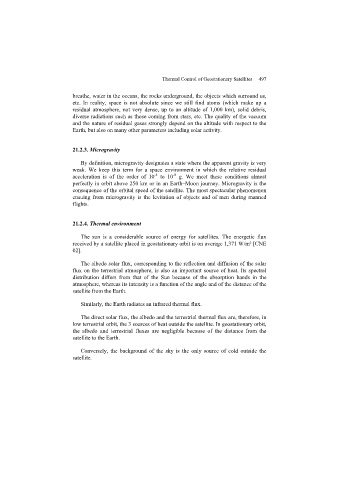Page 499 - Discrete Mathematics and Its Applications
P. 499
478 7 / Discrete Probability
when a coin is flipped 100 times? What is the expected number of comparisons used to find an
element in a list using a linear search? To study such questions we introduce the concept of the
expected value of a random variable.
DEFINITION 1 The expected value, also called the expectation or mean, of the random variable X on the
sample space S is equal to
E(X) = p(s)X(s).
s∈S
The deviation of X at s ∈ S is X(s) − E(X), the difference between the value of X and the
mean of X.
Note that when the sample space S has n elements S ={x 1 ,x 2 ,...,x n }, E(X) =
n
i=1 p(x i )X(x i ).
Remark: When there are infinitely many elements of the sample space, the expectation is de-
fined only when the infinite series in the definition is absolutely convergent. In particular, the
expectation of a random variable on an infinite sample space is finite if it exists.
EXAMPLE 1 Expected Value of a Die Let X be the number that comes up when a fair die is rolled. What
is the expected value of X?
Solution: The random variable X takes the values 1, 2, 3, 4, 5, or 6, each with probability 1/6.
It follows that
1 1 1 1 1 1 21 7
E(X) = · 1 + · 2 + · 3 + · 4 + · 5 + · 6 = = . ▲
6 6 6 6 6 6 6 2
EXAMPLE 2 A fair coin is flipped three times. Let S be the sample space of the eight possible outcomes, and
let X be the random variable that assigns to an outcome the number of heads in this outcome.
What is the expected value of X?
Solution: In Example 10 of Section 7.2 we listed the values of X for the eight possible outcomes
when a coin is flipped three times. Because the coin is fair and the flips are independent, the
probability of each outcome is 1/8. Consequently,
1
E(X) = [X(HHH) + X(HHT) + X(HTH) + X(THH) + X(TTH)
8
+ X(THT) + X(HTT) + X(TTT)]
1 12
= (3 + 2 + 2 + 2 + 1 + 1 + 1 + 0) =
8 8
3
= .
2
Consequently, the expected number of heads that come up when a fair coin is flipped three times
is 3/2. ▲
When an experiment has relatively few outcomes, we can compute the expected value of
a random variable directly from its definition, as was done in Example 2. However, when an
experiment has a large number of outcomes, it may be inconvenient to compute the expected
value of a random variable directly from its definition. Instead, we can find the expected value

